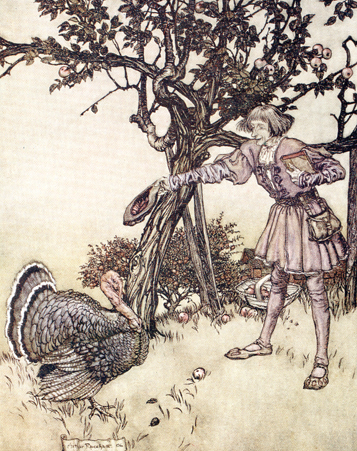|
| Query: bird | Result: 16527th of 32671 | |
domesticated turkey (Meleagris gallopavo)
| Subject: | domesticated turkey (Meleagris gallopavo)
| | Poster: | Wiki Photos (---@---.---)
| |

| Resolution: 357x451
File Size: 281029 Bytes
Date: 2006:02:16 10:48:18
Upload Date: 2017:05:22 16:35:49
|
|
|

